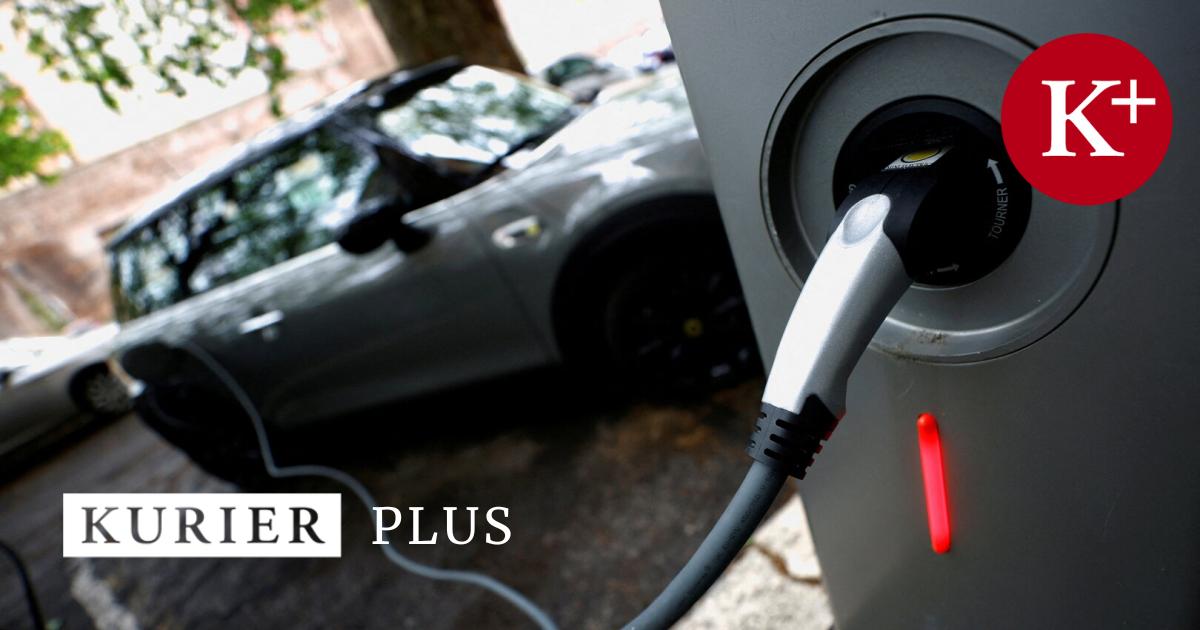On a small scale, households would use the car like one Home storage use. You could use the battery about too favorable times load and at times with high electricity prices empty again. One speaks of “Vehicle to Home“, V2H for short. On a larger scale, the electric car batteries would also be used by power grid operators. You could have surpluses, for example from the Peak time of solar power production at lunchtime, in the Batteries conduct. In the evening, when electricity demand on the grid is at its highest, the batteries of a large number of electric cars could be tapped instead of activating additional power plants. Here we speak of “Vehicle to Grid(V2G), i.e. car to power grid.
Norm implementation
The dual use of electric car batteries would bring some advantages. The bidirectional loading is therefore being intensively developed further. But there are still hurdles that need to be overcome first. One of the biggest is the implementation of one ISO-Norm which determines how the electric car and charging point must communicate with each other in order to get electricity in both directions exchange, explains Thomas Wiedner, managing director of Energie Steiermark’s Next Incubator. Car manufacturers are hesitant to implement the standard, possibly because of concerns about guarantees on the lifespan of the batteries.
V2G still lacks a whole range of standards, norms and rules, explains Julia Vopava-Wrienz from the Montanuniversität Leoben. An example is the one that has not yet been implemented Electricity Industry Actwhich regulates the operation of storage systems by network operators. “With V2G, a car is just one mobile storage”says the power grid expert.
Lots of business ideas
There’s still some brooding about it too vote required by network operators and e-car owners. “As an electric car driver, I don’t want to lose my mobility,” says Vopava-Wrienz. In principle, it wouldn’t be a problem for electric car users suitable app says Christian Kurz from the Green Energy Lab. They would then indicate on their smartphone exactly when they make the battery available for grid operation and when they need their electric car themselves.
In the future, such an app could come from a company that acts as an aggregator, explains Wiedner. You could manage many people’s electric car batteries and them Energy suppliers as storage offer. “There are start-up companies that are already developing solutions in this direction,” says Wiedner.
Of course, electric car owners would be compensated for the use of their batteries. According to Kurz, there is a “big one here Fantasy tariff models“. For example, you could receive money or vouchers on your electricity bill for every kilowatt hour fed into the grid.
With V2H we are already relatively close to the goal, says Wiedner: “I am confident that some car manufacturers are already doing this Next year allow and that you will be able to buy suitable chargers for it. With V2G it will take a little longer.”
